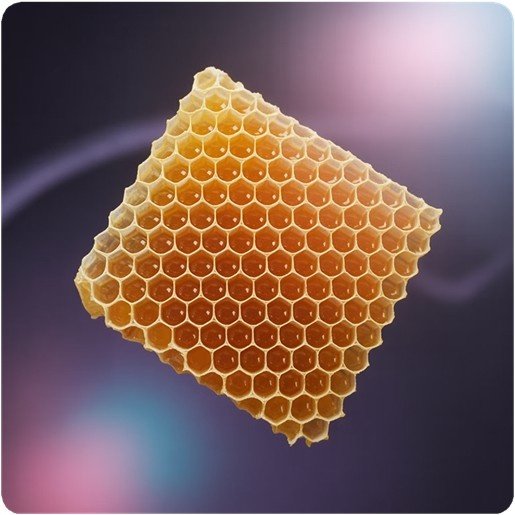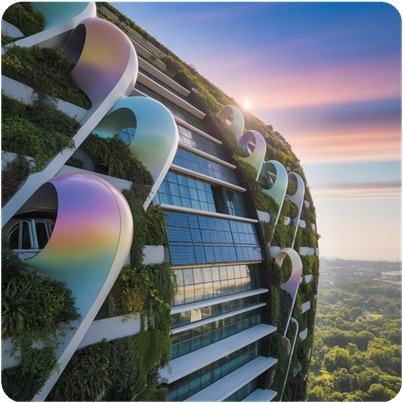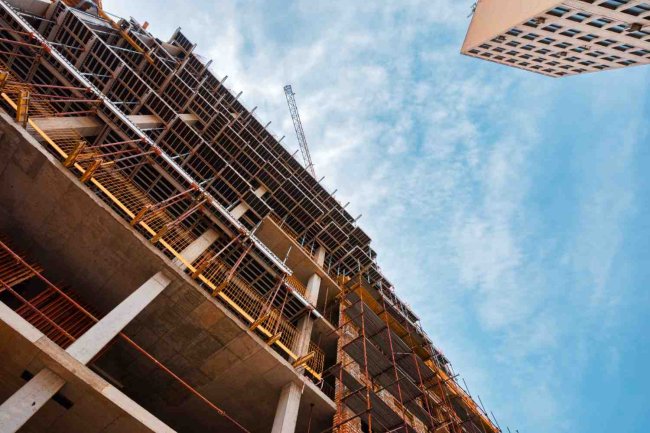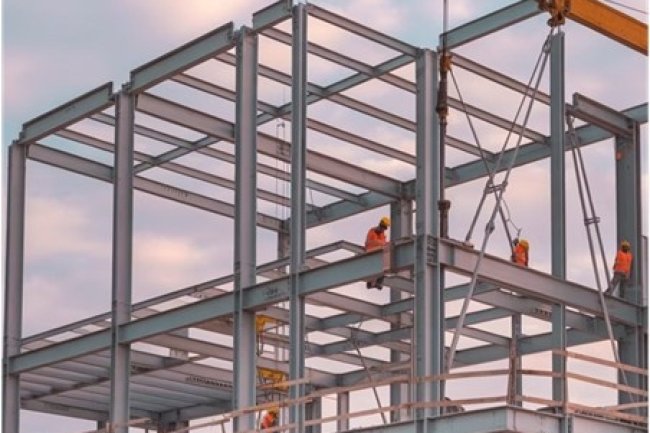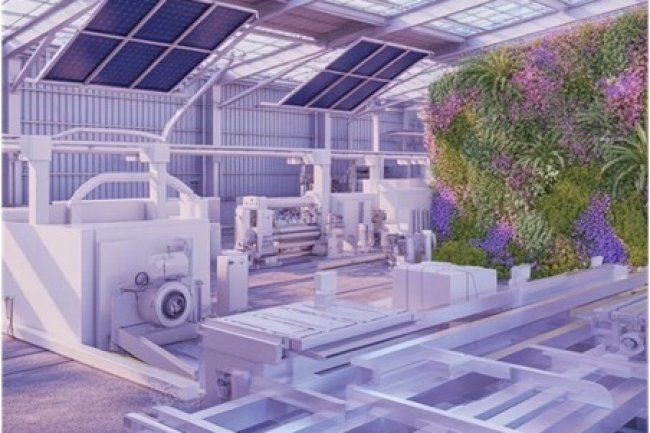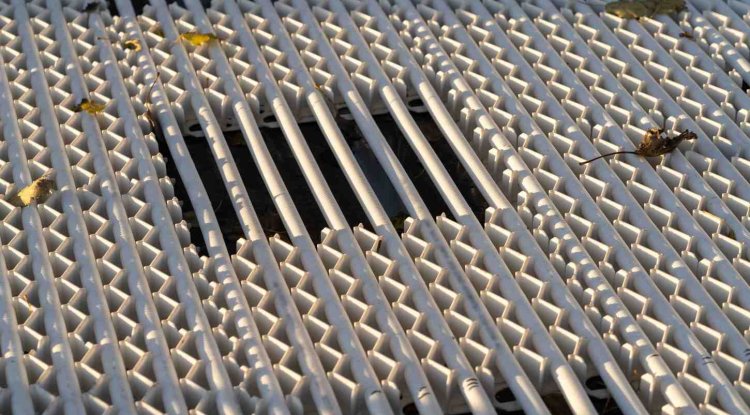Biomimicry in Structural Design: What U.S. Engineers Can Learn from Nature
Nature has been engineering sophisticated structures for millions of years. From the intricate strength of a spider's web to the aerodynamic efficiency of bird wings, the natural world offers a treasure trove of design solutions that U.S. engineers are increasingly tapping into. This revolutionary approach, known as biomimicry, is transforming how we think about structural design and opening new possibilities for sustainable, efficient, and innovative building practices.

Understanding Biomimicry: Nature's Blueprint for Innovation
|
What Is Biomimicry? The concept goes beyond simple imitation—it's about understanding the underlying principles that make natural structures so effective and adapting these insights to modern engineering challenges. Consider the honeycomb: bees create hexagonal cells that use the least amount of wax while providing maximum storage space and structural integrity. This natural engineering marvel has inspired countless architectural applications. |
|
Nature's Master Engineers: Key Examples
Tree Structures
Trees demonstrate optimal load distribution through their branching patterns. The trunk carries the main load while branches distribute forces efficiently. Inspired column designs taper and branch, reducing material usage while maintaining strength.
Bone Architecture
Human bones achieve remarkable strength-to-weight ratios through their internal lattice structure. The trabecular bone pattern has influenced lightweight structural frameworks and 3D-printed building components that maximize strength while minimizing material use.
Aerodynamic Forms
Bird wings and fish bodies showcase how streamlined shapes reduce drag and improve efficiency. These forms inspire building designs that better handle wind loads and reduce energy consumption through improved aerodynamics.
Real-World Applications Transforming U.S. Construction
Termite-Inspired HVAC
The Eastgate Centre in Zimbabwe mimics termite mounds' ventilation systems, reducing energy consumption by 90% compared to conventional buildings. U.S. architects are now incorporating similar passive cooling strategies in commercial projects.
Gecko-Adhesive Materials
Researchers have developed adhesives based on gecko feet that can support building facades without traditional fasteners. These materials offer new possibilities for curtain wall systems and temporary structures.
Spider Web Tension Systems
Cable-stayed bridges and tensioned roof structures now incorporate principles from spider web engineering, achieving greater spans with less material through optimized tension distribution patterns.
Benefits for U.S. Engineers and Project Teams
|
|
Practical Advantages
|
Companies like Consac are integrating these biomimetic principles into their structural design and BIM services, helping clients achieve more efficient and innovative building solutions.
Implementation Challenges and Solutions
Research and Analysis
Understanding natural systems requires collaboration between biologists and engineers. Invest time in studying the underlying mechanics of natural structures before attempting to replicate them.
Material Translation
Natural materials often have properties difficult to replicate with conventional building materials. Focus on mimicking the structure and function rather than exact material composition.
Scale Considerations
What works at a microscopic level may not directly scale to building size. Use computational modeling to test and optimize biomimetic designs at architectural scales.
Code Compliance
Innovative biomimetic designs may challenge existing building codes. Work closely with regulatory bodies to ensure compliance while pushing the boundaries of conventional design.
The Future of Nature-Inspired Engineering
"The future of structural design lies in understanding that nature has already solved many of our engineering challenges — we just need to learn how to read her blueprints."
Next Steps for Your Projects
- Start small by incorporating biomimetic principles into specific building components
- Collaborate with multidisciplinary teams including biologists and materials scientists
- Invest in computational tools that can model and optimize nature-inspired designs
- Stay current with biomimicry research and emerging applications in construction
Ready to explore biomimetic design for your next project? The natural world is waiting to inspire your engineering solutions.
What's Your Reaction?







